
Group finds spiky creatures in nest – shocked when they realize what they are
Baby Western Quolls Bring New Hope to a Once-Endangered Species
A heartwarming discovery in the Australian outback has sparked fresh optimism for the survival of a species once teetering on the edge of extinction. Ecologists at Mt Gibson Wildlife Sanctuary in Western Australia recently found a litter of tiny, spiky newborns nestled safely inside their mother’s pouch. These aren’t ordinary baby animals—they are western quolls, also known by their Indigenous Noongar name, chuditchs, a carnivorous marsupial that plays a vital role in the country’s delicate ecosystem.
A Species in Peril
The western quoll was once a familiar sight across nearly the entire Australian continent. Roughly the size of a domestic cat, these nocturnal hunters feed on insects, small reptiles, birds, and other invertebrates, keeping natural populations in balance. But following the arrival of European settlers in the 18th and 19th centuries, their numbers plummeted. Habitat destruction, fox predation, and competition from invasive species such as feral cats pushed the species to the brink.
Today, wild western quolls are mostly confined to a small pocket of southwestern Australia, where only fragmented populations remain. Conservationists have long feared that without intervention, the species could disappear entirely from the mainland.
A Carefully Planned Comeback
To counter this decline, wildlife experts have been running a large-scale reintroduction program at Mt Gibson Wildlife Sanctuary, a 131,000-hectare protected area managed by the Australian Wildlife Conservancy (AWC). Over recent months, ecologists have been carefully releasing quolls into the predator-free sanctuary, monitoring them with camera traps and GPS collars to ensure their survival.
Their efforts are finally paying off. The discovery of newborns marks the first confirmed breeding success of the reintroduced population, a key indicator that the quolls are not only surviving but thriving in their new home.
Signs of Adaptation
“Through regular monitoring, we can see that the quolls are doing well in the sanctuary, and finding the first pouch young is a positive sign that they have adapted to their new environment,” said Georgina Anderson, AWC Senior Field Ecologist.
One standout male, affectionately named Aang by the research team, has become something of a local celebrity. “He’s one of our largest and most impressive quolls, with a personality to match—often visiting multiple sites to collect the chicken we use as bait and even tampering with our bait canisters,” Anderson added with a laugh. Aang’s curious and fearless behavior is a promising sign that the animals are confident in their surroundings.
A Model for Conservation
The western quoll’s budding comeback offers hope for other endangered species facing similar threats. If the Mt Gibson population continues to grow, ecologists plan to expand reintroduction efforts to other reserves across Australia.
For now, the sight of tiny pouch young wriggling in the sanctuary is more than a scientific milestone—it’s a symbol of resilience. After decades of decline, the western quoll is proving that with careful management and community support, even species on the brink can reclaim their place in the wild.
News in the same category


Little Pocket in Women’s Underwear

14 Items to Throw Away Right Now

China’s “Pregnancy Robot” Claims Spark Debate — But Experts Say It’s More Myth Than Reality

Voyager 1: Humanity’s First Messenger to Reach a Full Light-Day Away

Earth’s Shadow, Moon’s Glow: The Total Lunar Eclipse of 2025

From Earth to Proxima Centauri: The Starship That Could Carry Generations Across the Galaxy

Woman 'who sold house' in fear world will end today explains why she's convinced 'the rapture' is coming

Unhappy iPhone users desperate to turn off iOS 26's four most controversial features after updating

Mariana Trench -The deepest location on Earth

The Trans-Canadian Rail Route: An Iconic Journey Across Canada

The Moon Is Slowly Drifting Further Away From Earth Each Year — A Physicist Explains Why

The Underwater Geology of the Hawaii Islands is Just Amazing

Clear Your Arteries Naturally: 7 Superfoods That Beat Aspirin for Heart Health and Longevity
By embracing a diet rich in leafy greens, garlic, berries, and heart-healthy fats, you not only prevent arterial damage but may also reverse early blockages.

Holy Basil (Tulsi) Secrets Revealed: The Ancient Ayurvedic Remedy for Cavities, Gum Disease, Bad Breath & Stronger Teeth
From fighting bacteria and soothing inflamed gums to reducing sensitivity, healing ulcers, and combating bad breath, Tulsi provides a safe, holistic way to protect your smile.
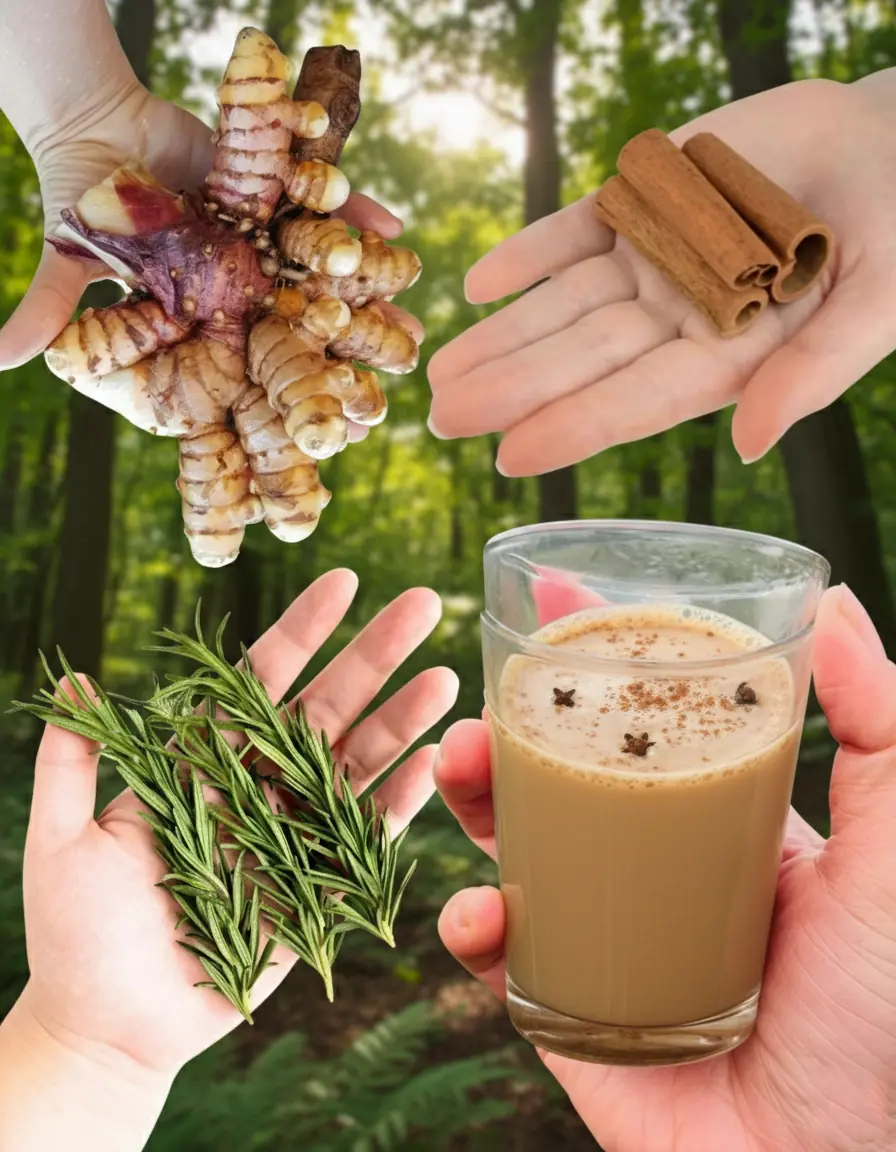
They Call It the “Bl:00d Sugar Remover”: The 100-Year-Old Remedy That Balances Glucose, Restores Kidneys, and Cleans Cholesterol Naturally
This 100-year-old remedy is not just a drink—it’s a living tradition that has survived because it works.

Iceberg Alley: Where You Can Watch Enormous Icebergs Drift in Front of Your Window

The Perfect Road Trip to See Every U.S. National Park
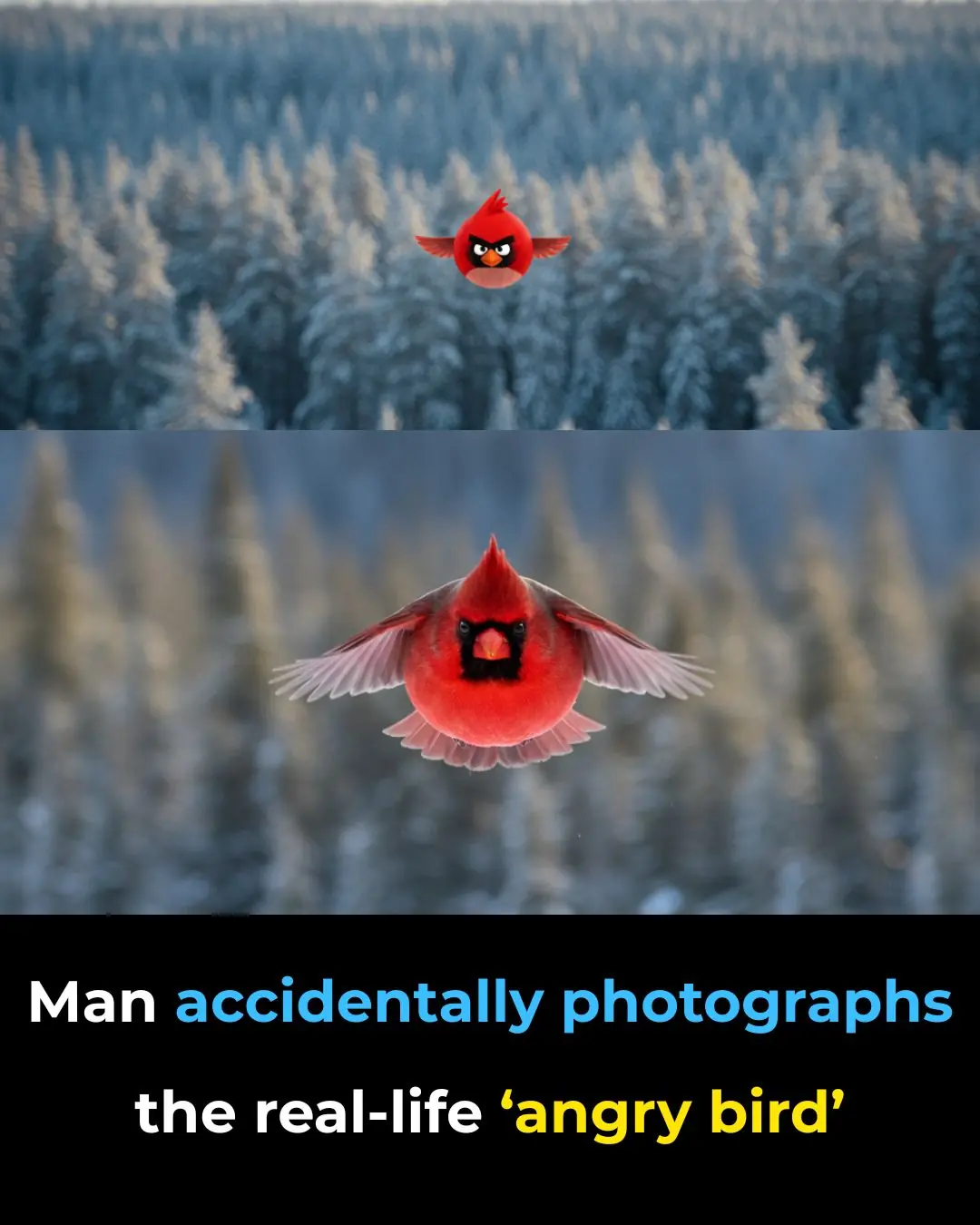
Man Accidentally Photographs The Real-Life ‘Angry Bird’
News Post

Forget 10,000 steps: Scientists prove 7000 steps gives you ‘almost identical’ life-saving benefits

The Most Effective Natural Way to Remove Gallstones

4 hidden signs of iodine deficiency in your skin, hair & nails

Objects People Were Confused About Their Purpose

Little Pocket in Women’s Underwear

What are the benefits of aloe vera? Here are 11 uses of aloe vera for health and skin

Just by looking at the spot on the crab's shell, 100% of the meat is packed to the brim, with my husband and children praising it non-stop.

These familiar fruits help improve sleep, especially number 1, which is both affordable and delicious.
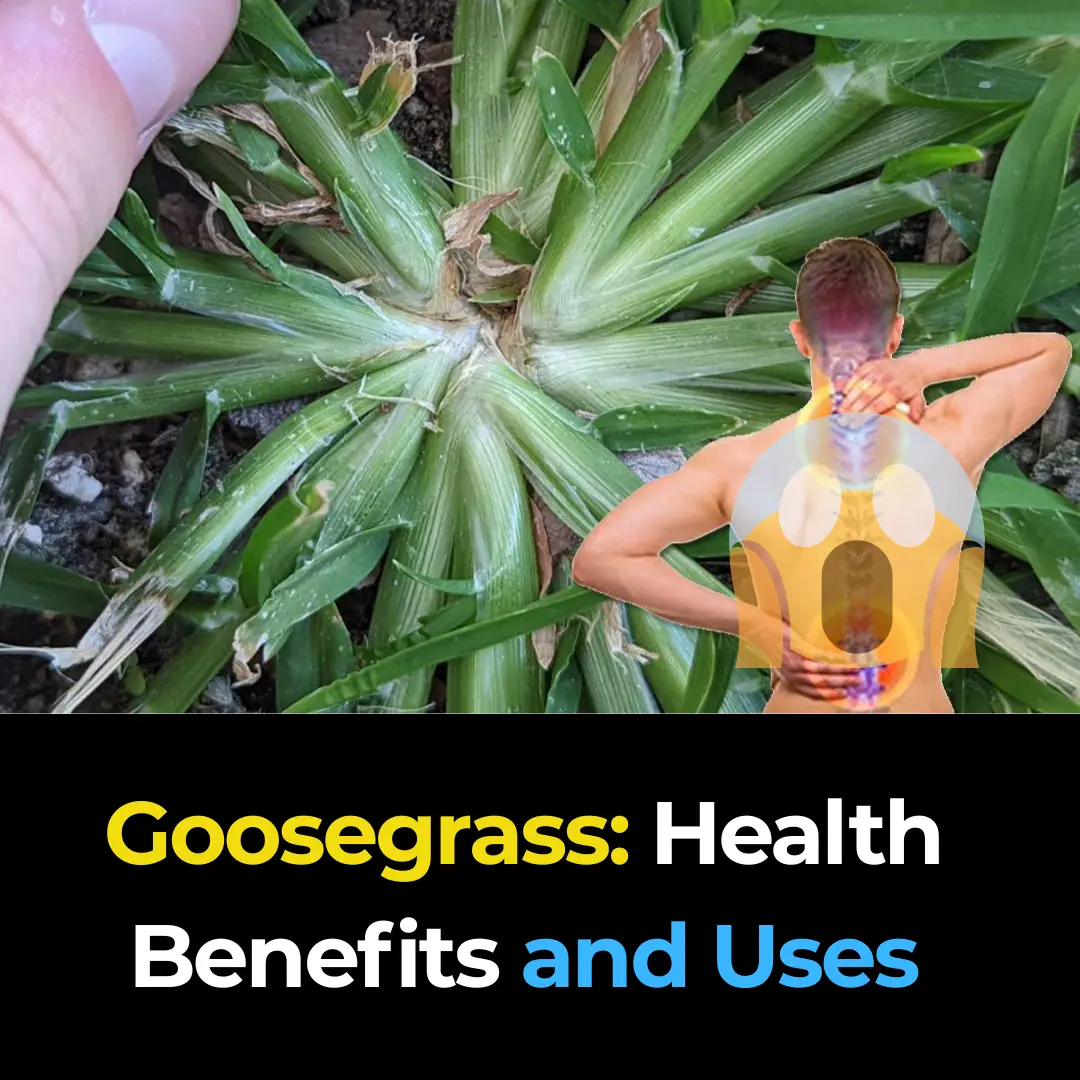
Goosegrass: Health Benefits and Uses

7 Benefits of Chewing Raw Garlic on an Empty Stomach

Here's why you should never sleep with the bedroom door open. FIND OUT MORE IN THE COMMENTS ⬇️

Don’t Wash Your Wooden Cutting Board with Soap When It’s Moldy: Try This Simple Method to Make It Spotless in Just 5 Minutes

Mixing Essential Balm with Toothpaste: A Handy Tip Everyone Should Know, Both Men and Women Will Want to Follow Once They Discover It

They Call It the Blood Sugar Remover: The 100-Year Remedy That Heals Kidneys, Cleans Cholesterol, and Fights Diabetes Naturally

Top 5 Amazing Tips for getting rid of Blackheads and Whiteheads

14 Items to Throw Away Right Now
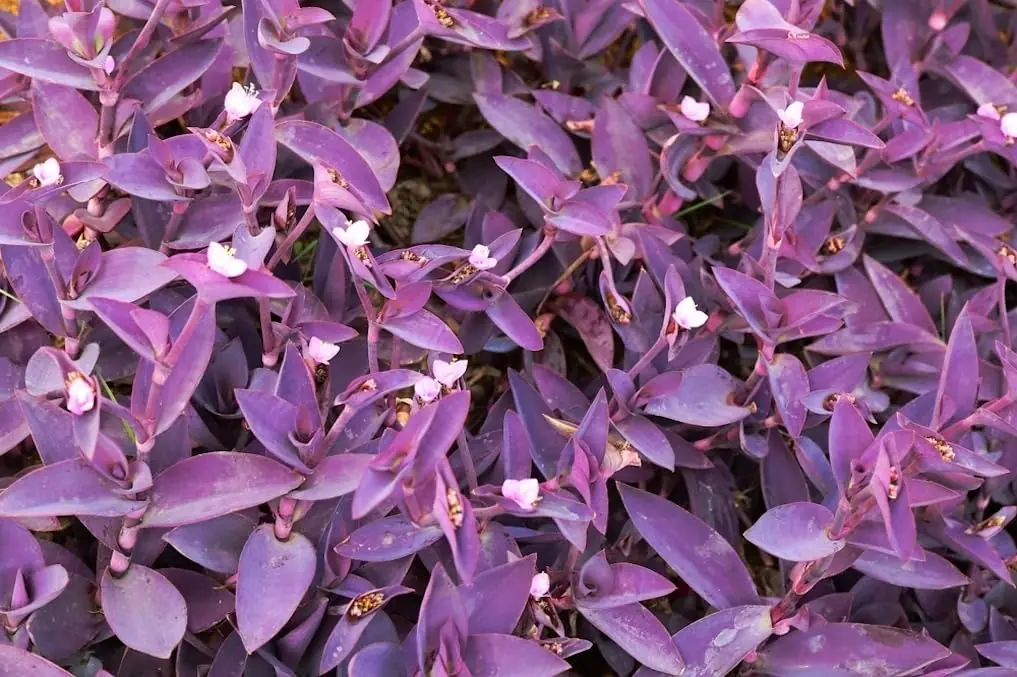
The Purple Maguey Plant — Benefits and Traditional Uses
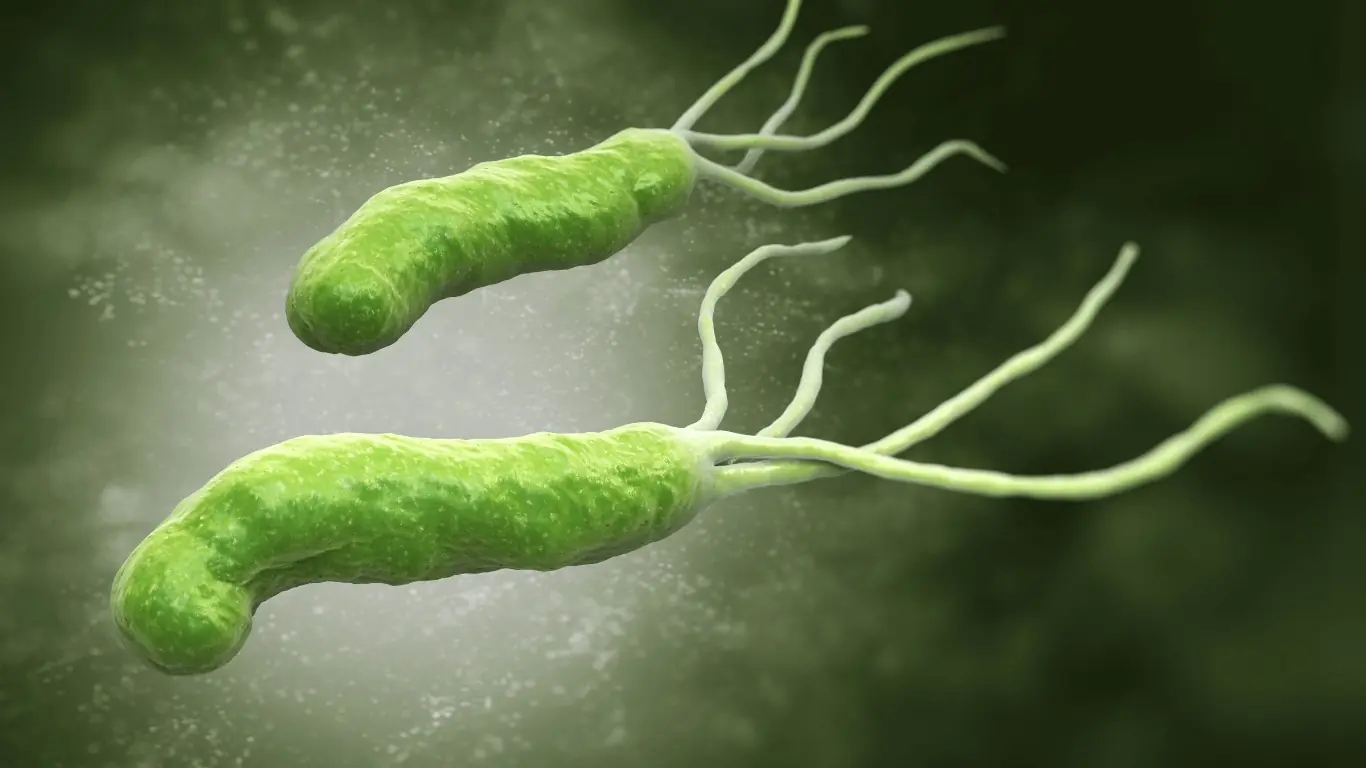
How to Naturally Kill The Bacteria That Causes Bloating And Heartburn
